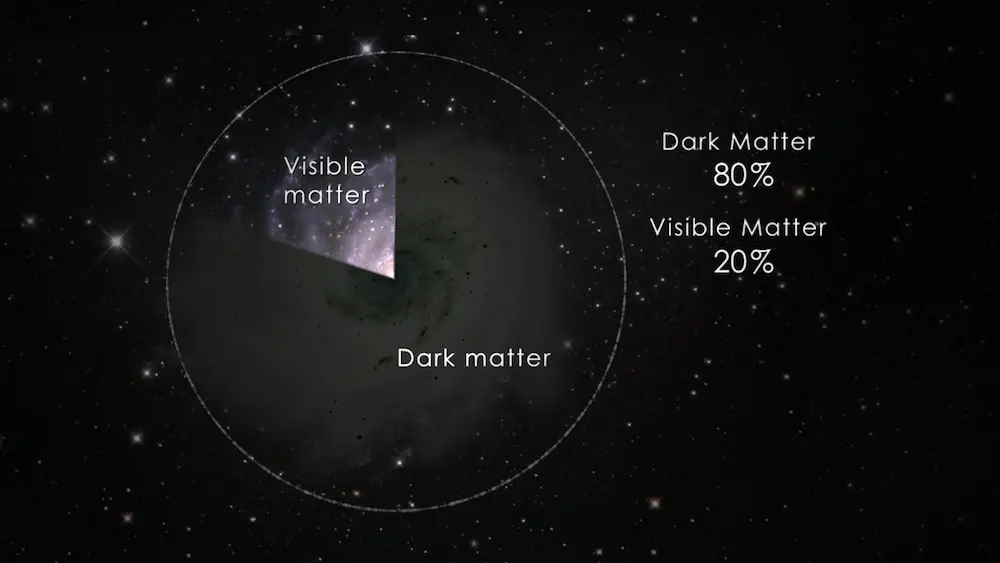A groundbreaking theory proposes that dark matter may have originated when fast-moving particles decelerated and acquired mass—reshaping our understanding of cosmic evolution.
A New Twist in the Cosmic Tale: Scientists Propose Revolutionary Theory on Dark Matter Formation
In a bold new development in astrophysics, researchers have introduced a compelling theory suggesting that dark matter—the mysterious substance that makes up nearly 85% of the universe’s mass—may have formed when fast particles slowed down and consequently gained mass. This paradigm-shifting idea challenges traditional views on the early universe and could dramatically alter our understanding of how galaxies, stars, and cosmic structures evolved.
Rethinking the Origins of the Invisible
For decades, scientists have speculated on the nature and origin of dark matter, which cannot be seen directly but exerts a powerful gravitational influence on visible matter. The new theory, emerging from a collaborative study among physicists from several international institutes, posits that in the moments following the Big Bang, high-energy particles were traveling at near-light speeds. As the universe expanded and cooled, some of these particles decelerated and transitioned into a stable, mass-bearing state—effectively becoming dark matter.
A Shift from Traditional Theories
Conventional theories often hypothesize that dark matter is composed of Weakly Interacting Massive Particles (WIMPs) that formed shortly after the Big Bang. However, these particles have remained elusive in numerous experimental searches. The newly proposed mechanism circumvents this impasse by introducing a dynamic process where mass emerges from motion—a concept reminiscent of how energy and mass are interchangeable, as described by Einstein’s theory of relativity.
Dr. Elena Vargas, a leading astrophysicist involved in the study, explains:
“What if dark matter isn’t a relic of high-mass particles from the Big Bang, but rather the result of particle behavior over time? If particles acquired mass as they lost velocity, this could explain both the abundance and stability of dark matter.”
Potential Implications for Cosmology
If proven accurate, this theory has the potential to transform our understanding of cosmology. It provides a fresh framework for interpreting cosmic background radiation, galaxy formation, and the distribution of mass in the universe. Additionally, it may bridge the gap between quantum mechanics and general relativity—two pillars of modern physics that often conflict in cosmological contexts.
The theory is already sparking new lines of research in particle physics and astrophysical simulations. Upcoming observational missions, such as the Euclid Space Telescope and the James Webb Space Telescope (JWST), may provide critical data to test these predictions.
Challenges and Future Exploration
Despite its promise, the theory faces significant challenges. The proposed behavior of particles gaining mass through deceleration requires experimental verification and detailed modeling. Critics argue that while the idea is elegant, it demands a deeper understanding of particle interactions in the early universe.
Nevertheless, the scientific community is intrigued. The theory has been submitted for peer review and is expected to inspire a flurry of theoretical and experimental activity aimed at unlocking the secrets of dark matter once and for all.
Conclusion
The new theory on dark matter formation presents a radical departure from conventional wisdom, breathing new life into one of the most elusive problems in modern physics. Whether it withstands the rigors of scientific scrutiny remains to be seen, but one thing is clear: our quest to understand the universe just took an exciting new turn.





